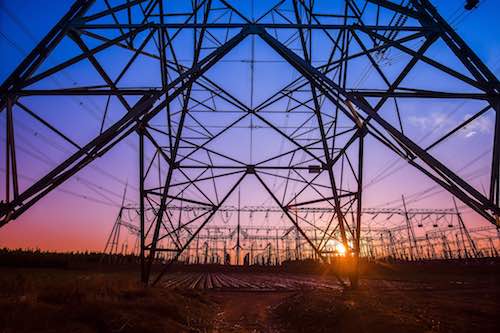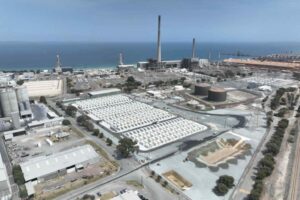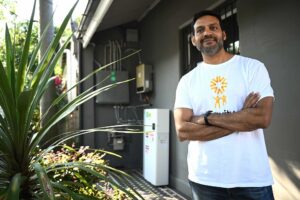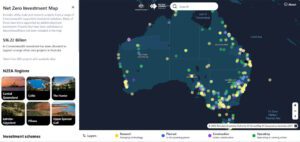Opening transmission construction up to all comers and making delivery enforceable in the new federal-state energy agreements is a shortcut to getting the actual projects done, a new report from Nexa Advisory argues.
Currently transmission projects are handled by state monopolies, such as Transgrid in New South Wales or AusNet Services in Victoria, but delivery is hamstrung by bureaucratic processes designed for another time in Australia’s energy system.
And while planning for major projects is extensive and highly regulated, the amount of work done on delivery is minimal, says Nexa founder Stephanie Bashir.
“The Transgrids of the world work under a regulatory framework that does not enforce delivery,” she says.
“There is no accountability or transparency on when things need to be done. We don’t have a delivery plan.”
The consultancy’s latest report on Australia’s problematic transmission build out, the last in a series, highlights what changes could speed up delivery and give Australia the network it needs to handle the volume of renewable energy projects required to get to 82 per cent by 2030.
Delivery carrot and sticks
The federal government promised late in 2023 to sign Renewable Energy Transition Agreements (RETA) with each state to coordinate renewable project rollouts. So far two have been signed with South Australia and Western Australia.
Bashir says not only is it not too late to bring transmission into the talks – and doing so would create “carrots and sticks” to get the projects finished.
These should include throwing open tenders to build transmission to any company that can prove its capability – rather than leaning only on the state monopolies.
Capable companies might include Iberdrola, which operates 1.2 million kilometres of networks in Spain, the UK, the US and Brazil, APA which owns transmission in Australia, Westwind which is building out an interconnector in Victoria via its WiRES project, Acciona which has the rights to build out the Central-West Orana Renewable Energy Zone (REZ) network, and EDF which is bidding to build the New England REZ.
“They take the risk in terms of delivery, so if they don’t deliver they don’t get paid. The regulated monopolies, if they don’t deliver they still get paid… with public funding,” Bashir says.
Opening up procurement for these major projects – and even going further and taking existing projects such as the HumeLink off companies that don’t achieve delivery targets – would also allow governments and regulators to choose contractors based on criteria such as community engagement or capacity to deliver, rather than having to go with the local monopoly.
Change the funder
Getting projects out of the Regulatory Investment Test (RIT) loop, required whenever changes are made to projects to ensure consumers aren’t lumped with huge costs, would also speed up delivery.
Instead of sending transmission projects back into the RIT whenever changes need to be made, the extra costs could and should be borne by federal and state funding, such as via the $20 billion Rewiring the Nation fund.
“The debate is over who picks up the bills and really the Rewiring the Nation fund should be picking up the bill, just as they did with Marinus Link,” Bashir says.
The way to achieve this bait-and-switch is to for states and federal governments to jointly make transmission both actionable and critical national projects, and lean on the Australian Energy Market Operator (AEMO) to assess costs rather than re-doing them via the RIT.
This would open up government funding programs which themselves have different criteria for delivering on deadlines.
Get the social licence earlier
The social licence issue is now pertinent in Australia for transmission projects in a way that it wasn’t just 20 years ago.
Bashir says designating transmission build outs as critical national projects means they can start engaging with communities sooner and lock in earlier funding projects to finance local needs.
Those local needs could be anything from addressing extra housing in the area for people brought in to work on the project, to figuring out how to fix energy poverty in the area, she says.








